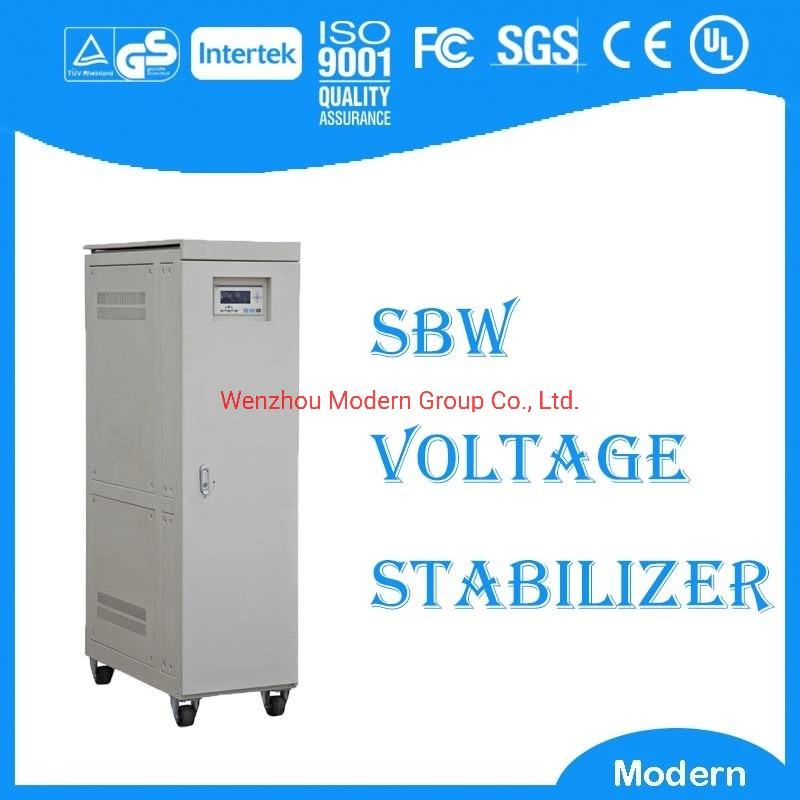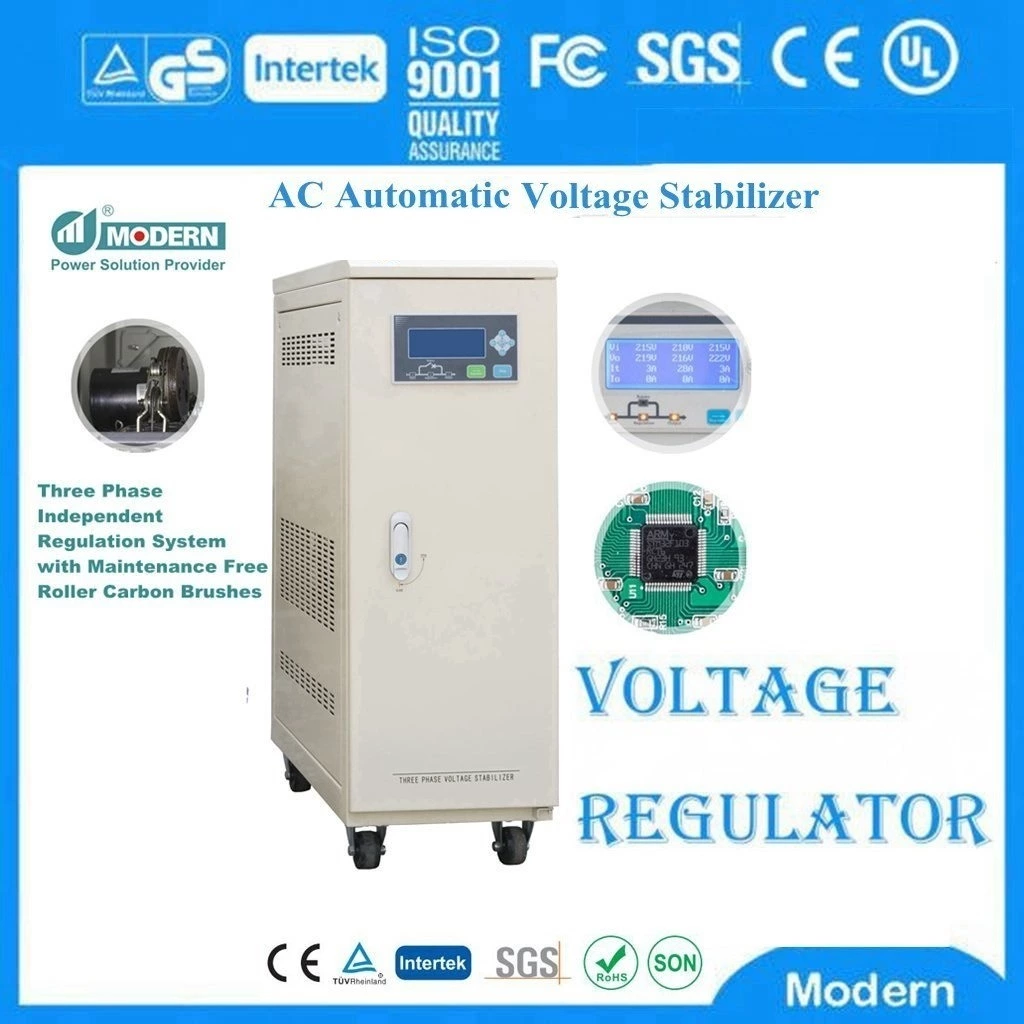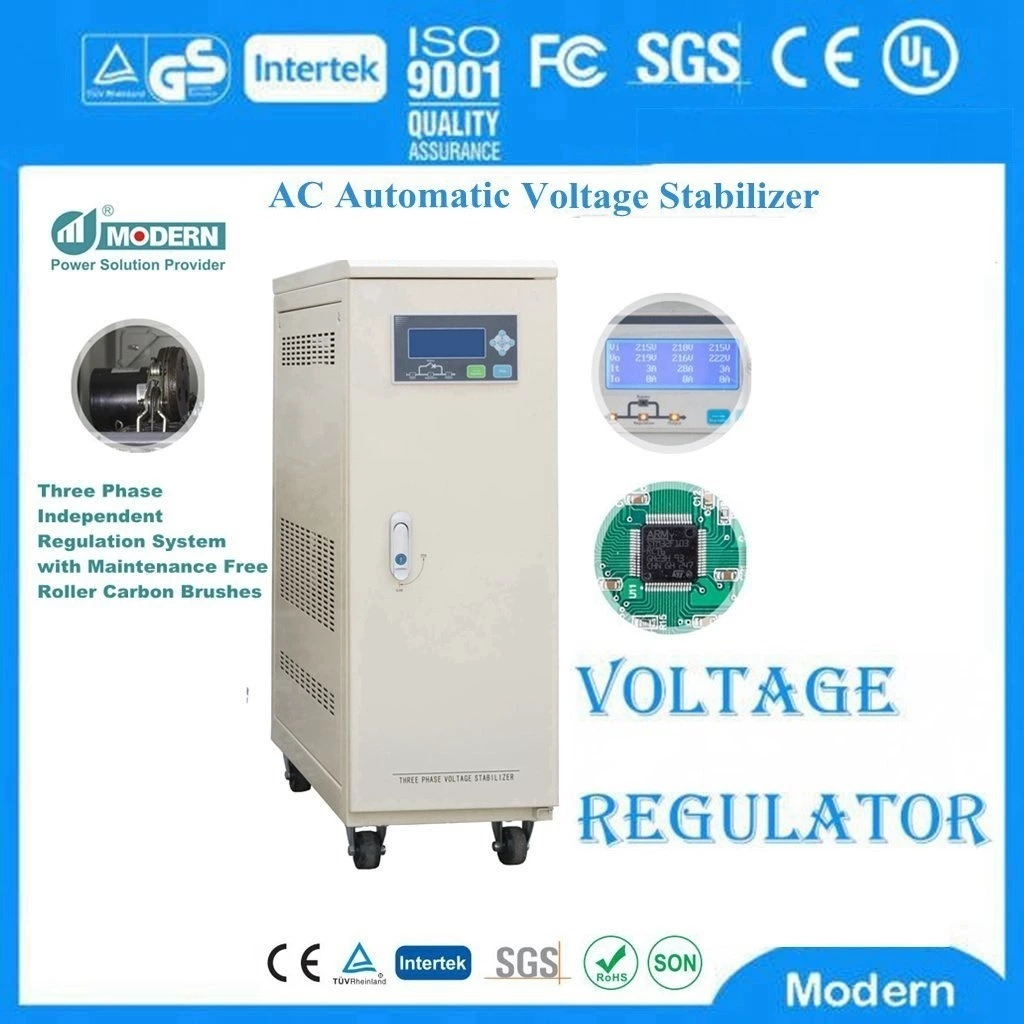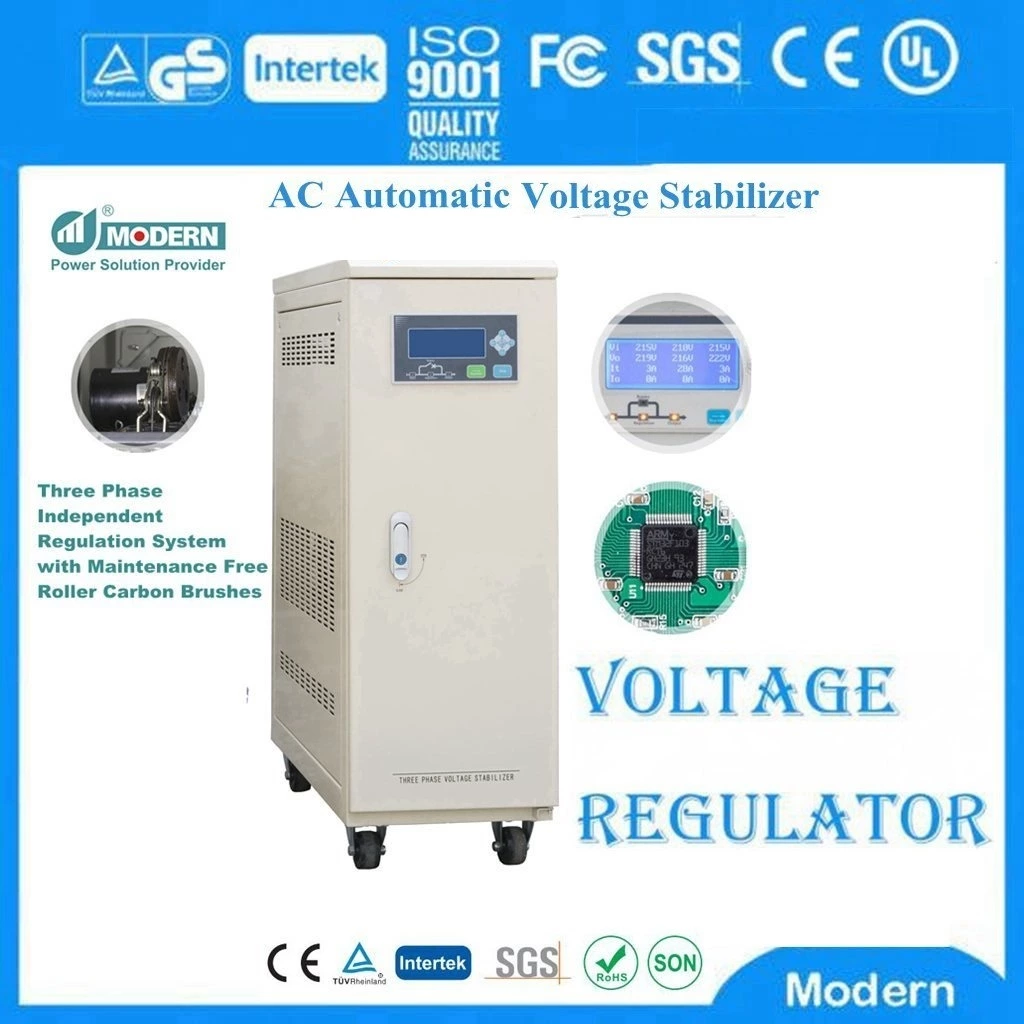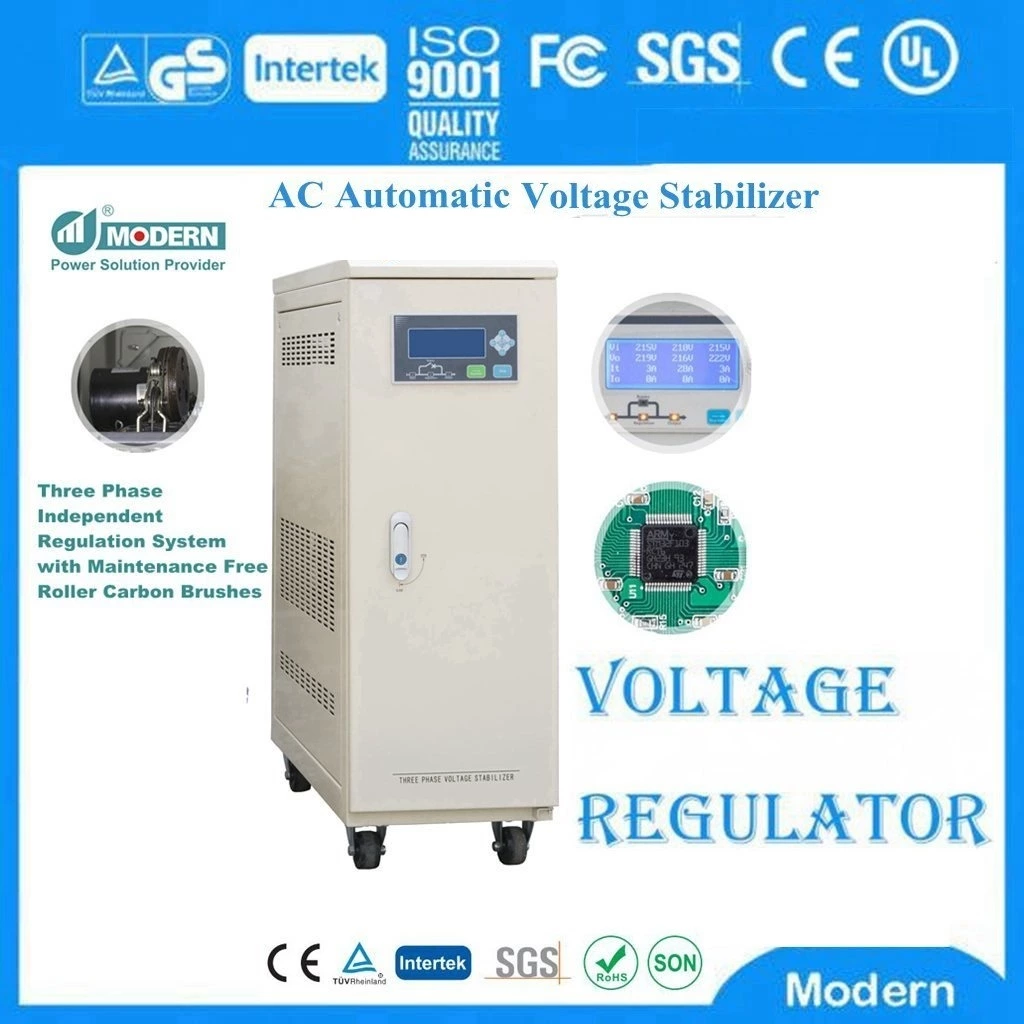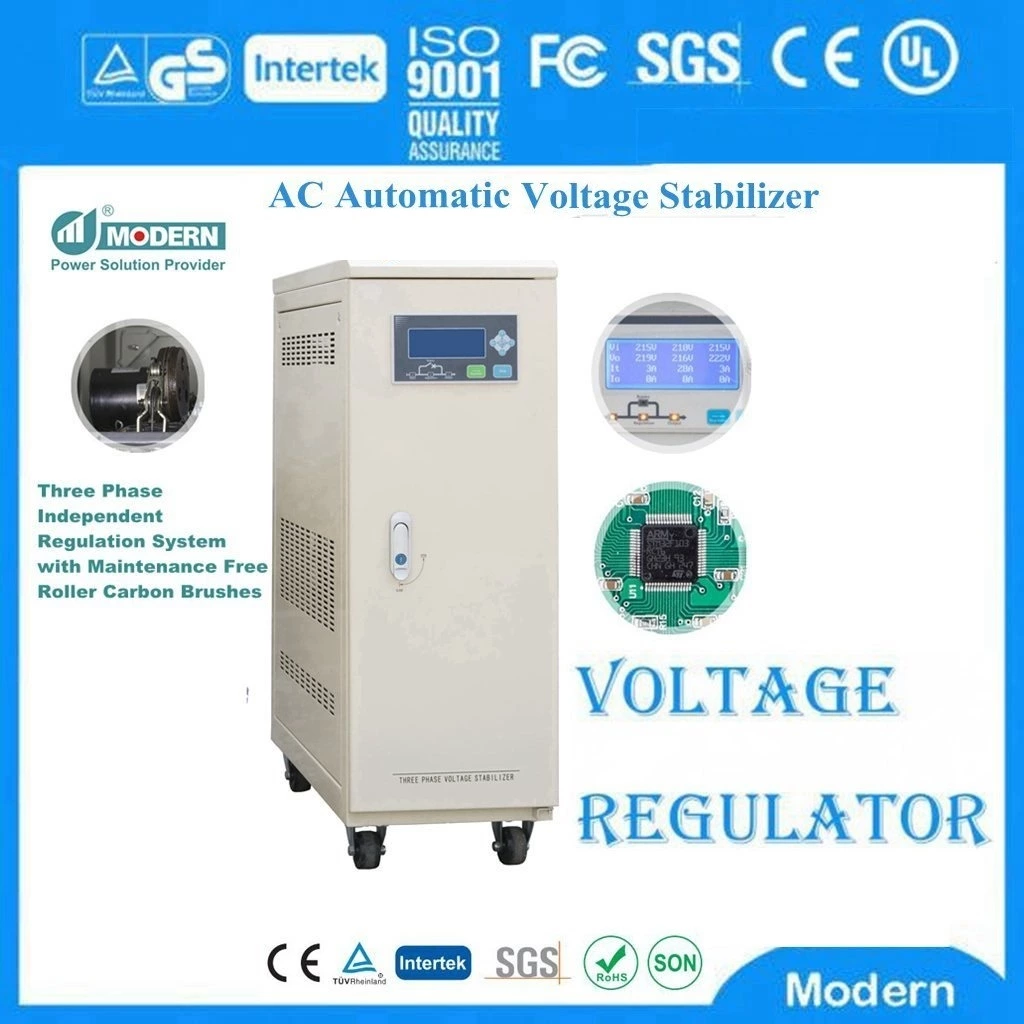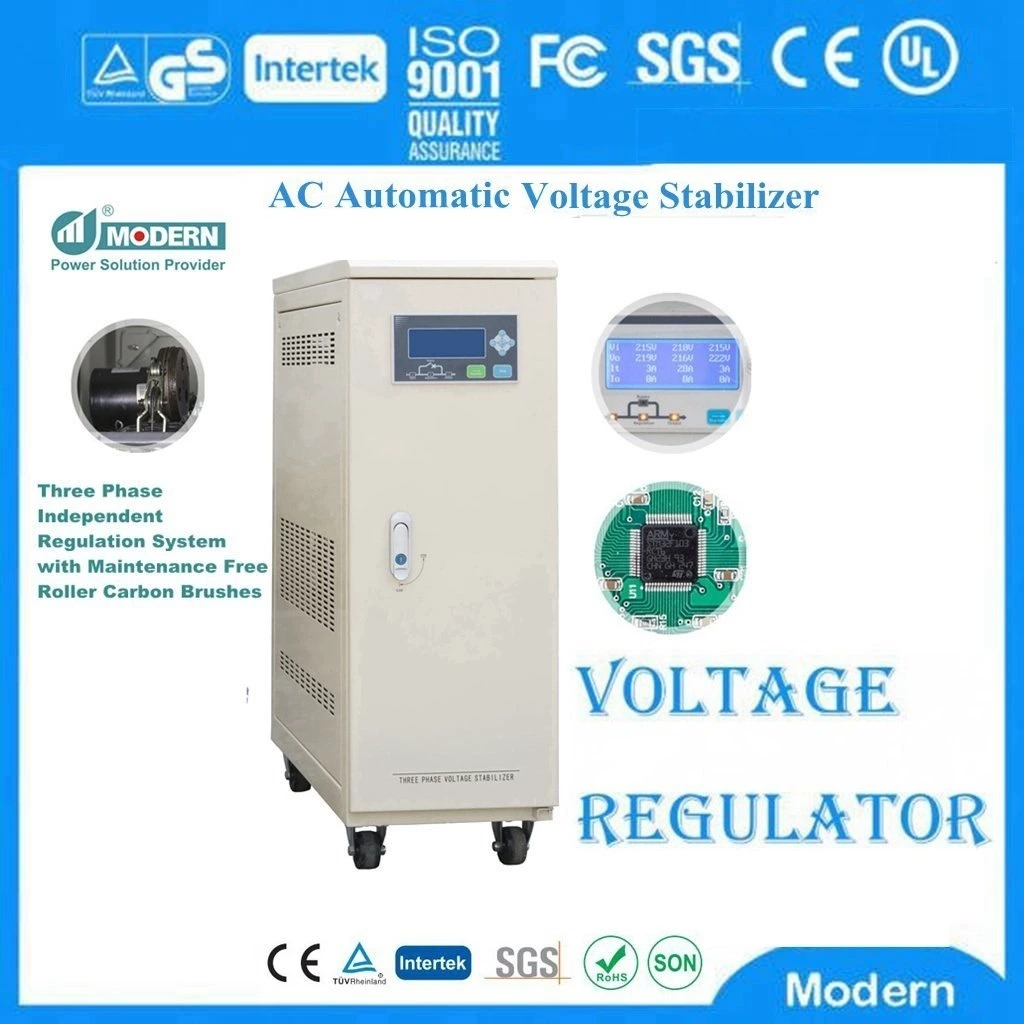How To Choose A Voltage Stabilizer For Machine Tool Equipment?
In recent years, a number of large-scale machining centers have emerged in China. Due to the diversification of equipment, these equipment often cannot run at the same time. Why does this phenomenon occur? In fact, it is mainly because the working voltage of the equipment does not match the grid voltage. The external grid voltage is low and cannot meet the voltage required for all machines and equipment to operate at the same time. Therefore, enterprises often encounter a series of problems such as a certain device cannot be turned on.
At this time, we should think of equipping each device with a suitable Wide Range Voltage Stabilizer. How to choose a suitable voltage stabilizer? Does every machine need it? Next, I will introduce you in detail how to choose? (Take machine tool equipment as an example)
Application field of voltage stabilizer
NO.1 Look at the power on your equipment nameplate: The machine tool nameplate has detailed information about the machine tool, and some will indicate what type (factory equipment generally belongs to motor loads). How much current is the motor at instantaneous startup, and how much is the rated voltage and current. After obtaining this information, you should leave a margin when equipping the voltage stabilizer. If the machine tool power is 20KW, the voltage stabilizer is best equipped with a 30-40KW voltage stabilizer according to 1.5-2 times the power.
No.2 Power factor of voltage stabilizer: 80% of machines on the market have a power factor of 0.7, and 20% of machines have a power factor of 0.8. What does that mean? For a 40KVA machine, the actual output power is 40kva*0.7=28KW
No.3 Leave margin: When using a voltage stabilizer, it is mostly because the external network voltage is low. So when choosing a voltage stabilizer, you should pay attention to leaving margin. Generally, the actual load should not exceed 80% of the voltage stabilizer power. Why? Because the maximum current we calculate is calculated according to the lowest voltage. For example, when the external network voltage is 220V plus or minus 15%: 6000W/220V=27A (current), when the external network voltage is the lowest 170V: 6000W/170V=35.3A (current). After comparison, we can see that the current is larger when the input voltage is low, and the wire diameter inside the machine is fixed. The current it bears at low voltage is much larger, so we have to leave a certain margin.
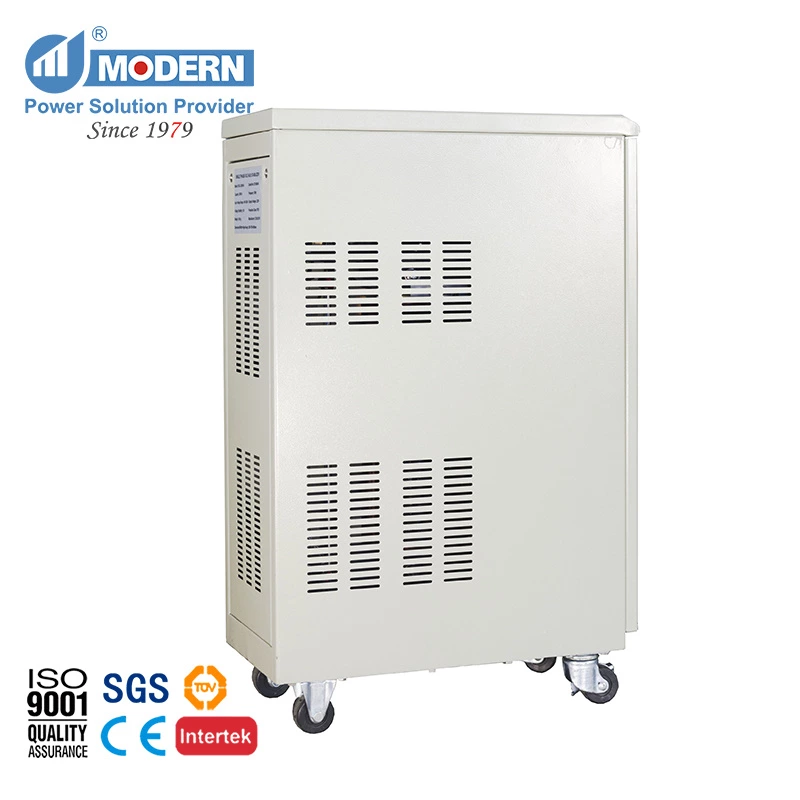
 Русский
Русский
 Français
Français
 Português
Português
 Español
Español
 اللغة العربية
اللغة العربية
